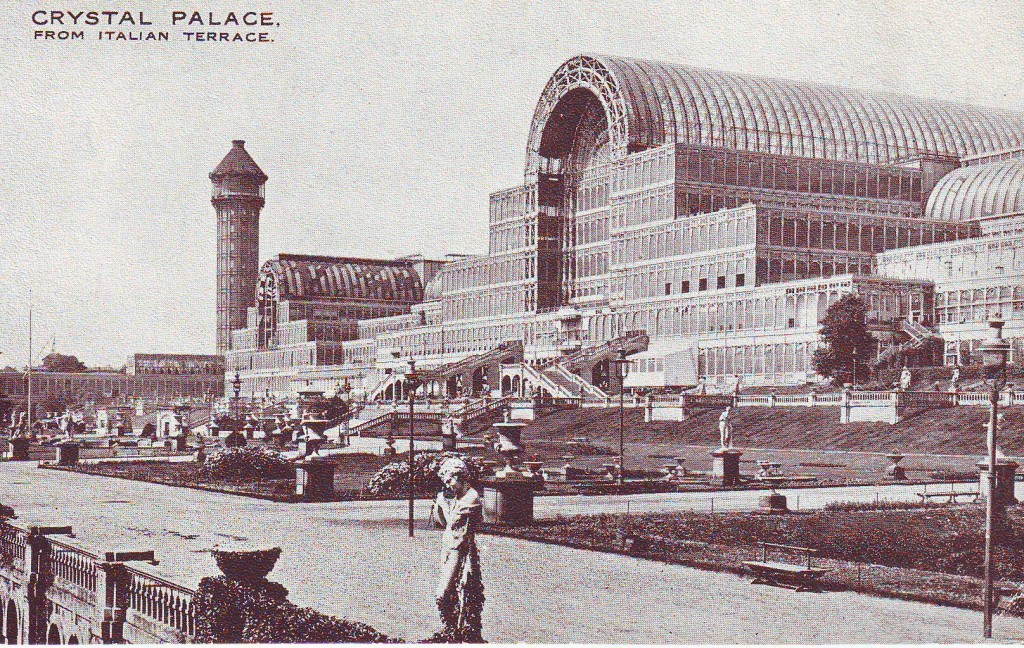The WGS Blog returns to provide More. Glass. Trivia!
As far as the early history of glass making in Britain goes, the Romans brought the technology with them. This led to the European-wide spread of glass manufacture. British history records glass “Manufacture” dating back to the 13th century when “Broad Sheet” glass can be located to the areas around Sussex and Surrey. In the meantime the Venetians had thrived as glassmakers, as their glass became popular due to its brilliance and creative form. By 1330 the French had also developed “Crown Glass”. This took until the 17th century to be produced in England, in London.
In England in 1676 George Ravenscroft invented “Lead crystal” by introducing lead oxide to the glass which took on a more brilliant appearance.
The 17th century brought a new glass process from France, “Plate glass”, a term still used today. This was a process of pouring molten glass onto a table and then rolled. Once cold, the glass was ground under large grinding disks until optically smooth, making it perfect for mirrors. The French had legislated heavy duties on imported glass products which made it impossible for the Venetians to Export, and also offered generous incentives to any Venetian willing to work for them. By the 18th century this technology was being used in England at Ravenhead, producing the first English Polished Plate.

Pingback: “All New” Glass Fun Facts: Part 1 | Washington Glass Studio